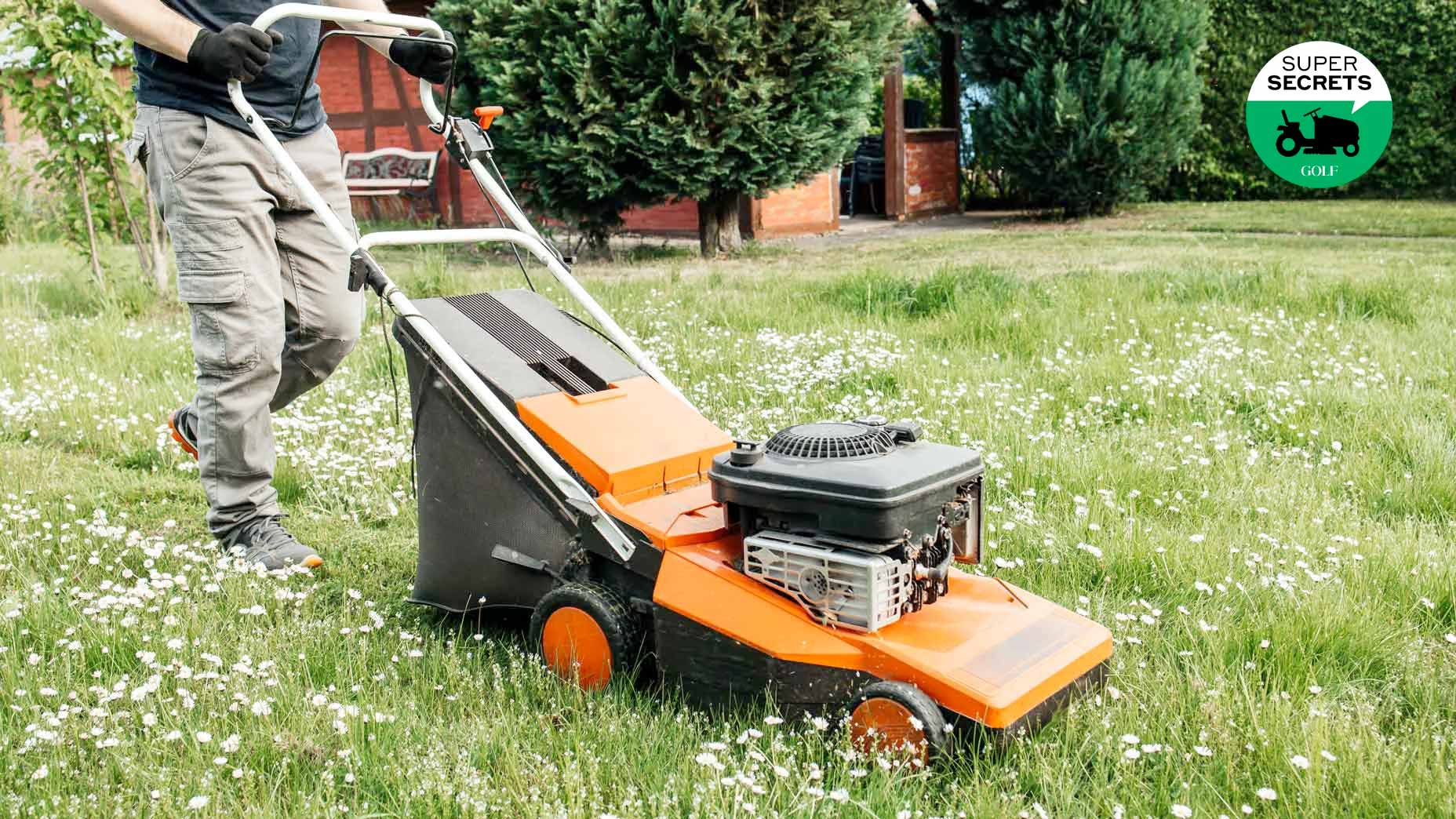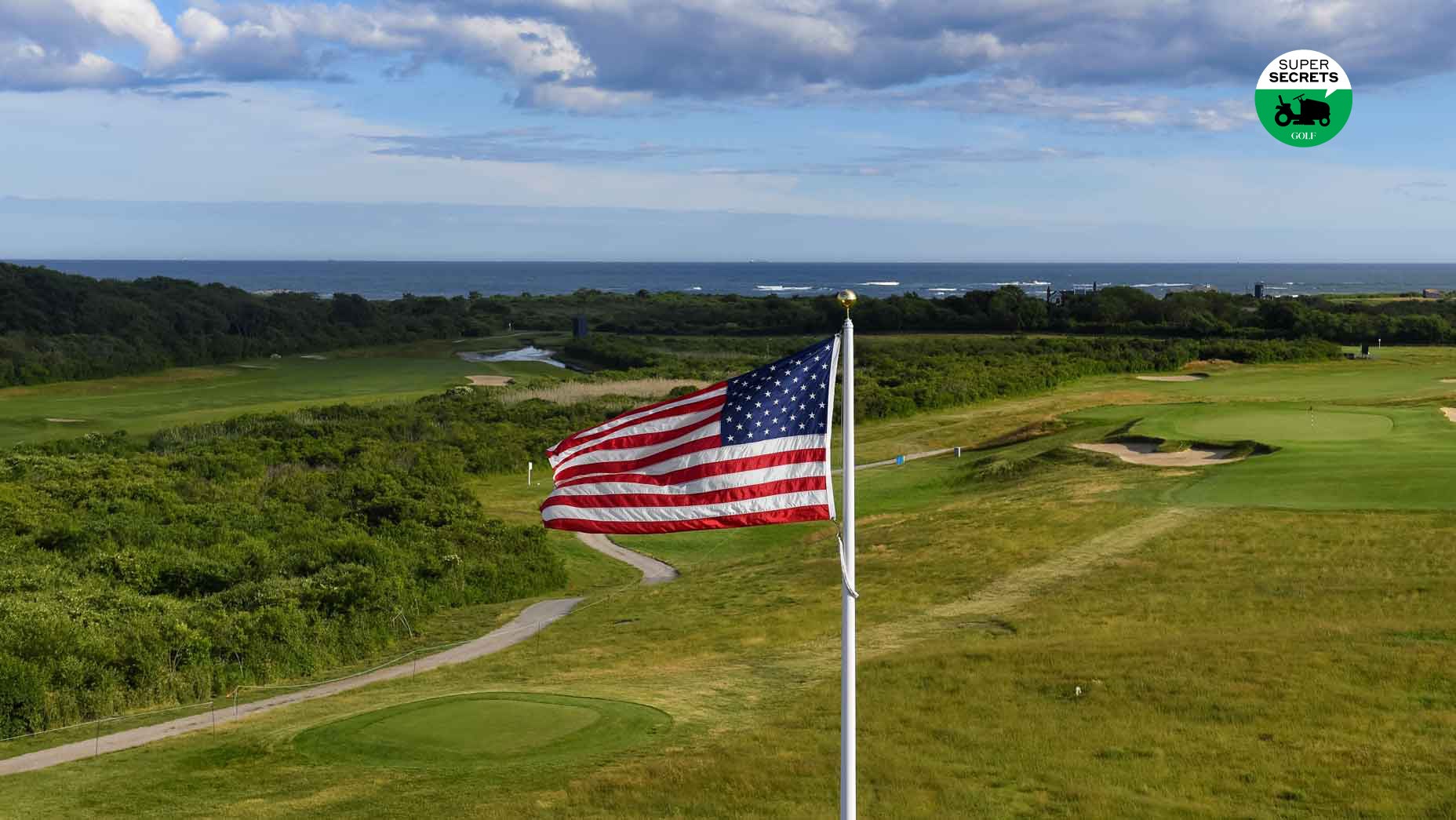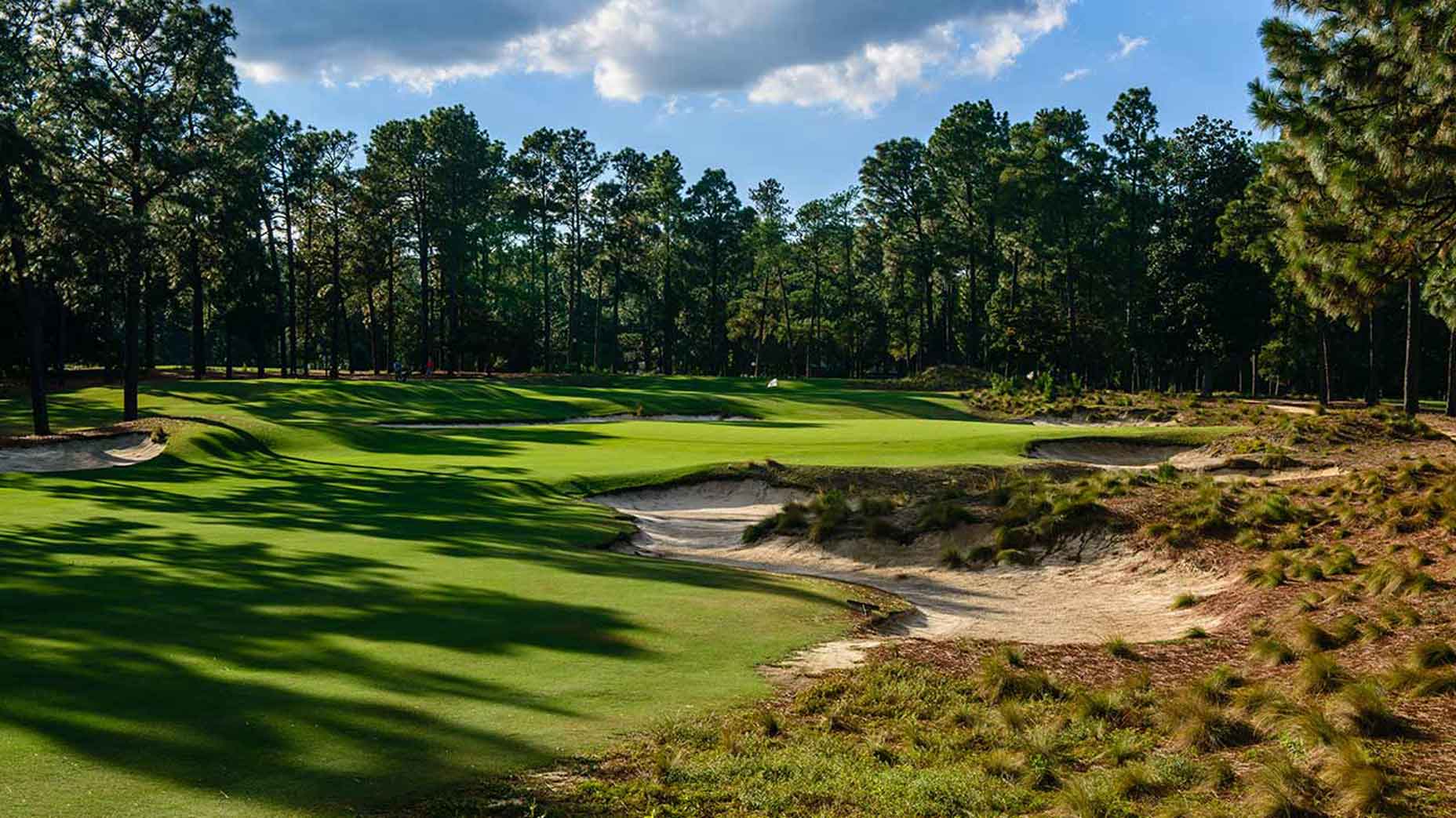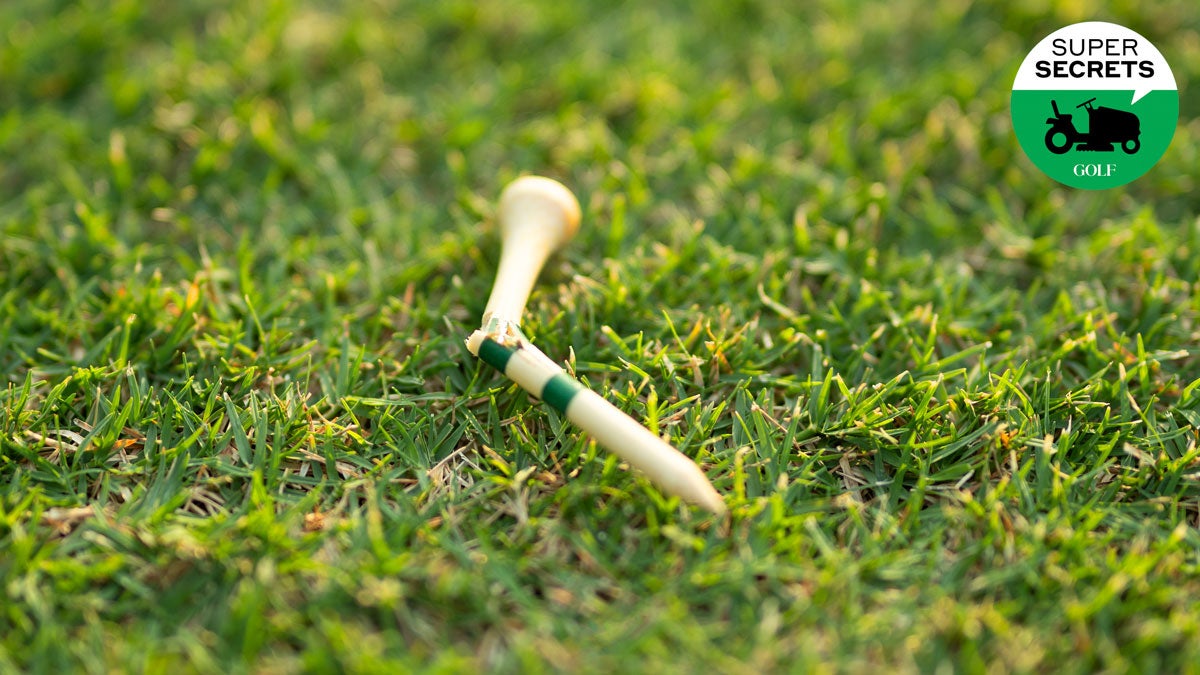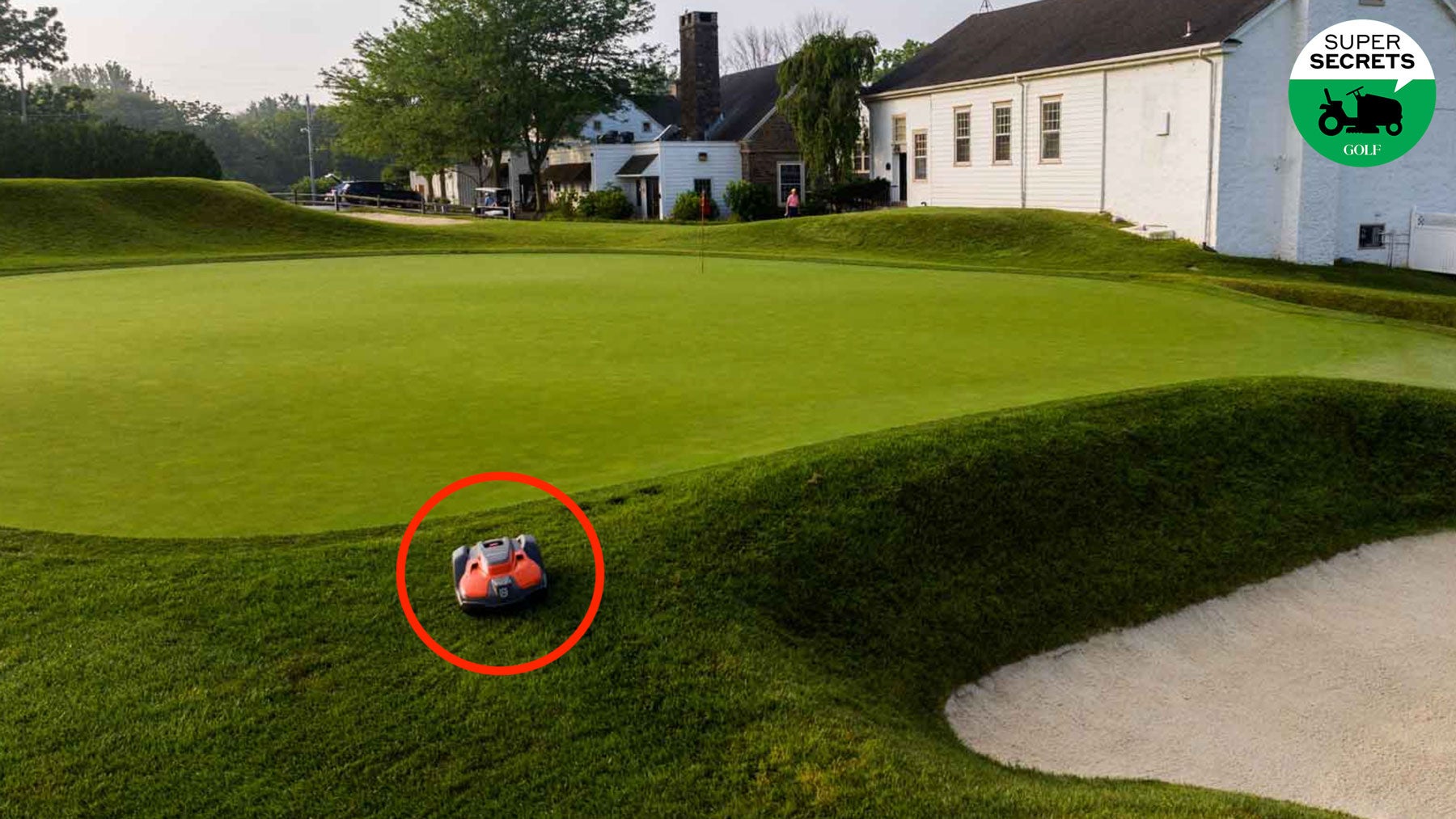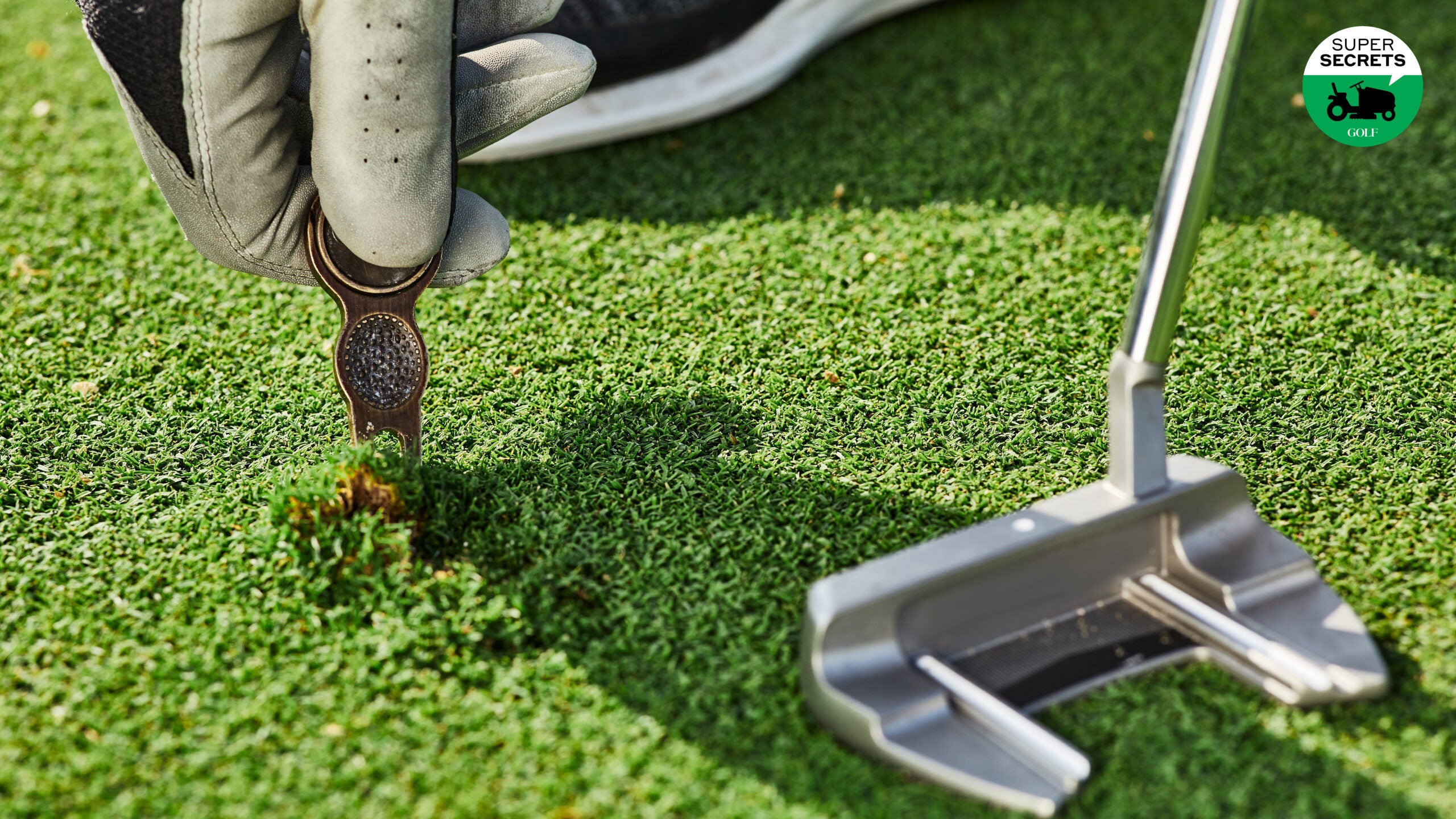How a golf club scrambled to repair vandalized greens before a pro event

With five greens torn up and a professional tournament about to start, Alan Brown and his maintenance team were in a race against the clock.
@ChampionsTour
Good news rarely comes by way of early morning phone calls, so when his cell rang in the wee hours last Thursday, Alan Brown figured something was amiss.
Brown is the superintendent at Timuquana Country Club, in Jacksonville, Fla., host of the Constellation Furyk & Friends on the PGA Tour Champions circuit. It was 3:04 a.m., a day before the scheduled start of the event, and Brown’s assistant was on the other line.
Vandals had wreaked havoc at the club overnight, tearing into five greens — four on the course, plus a practice green.
“At this point, I was still just waking up, trying to take it all in,” Brown says. “I just told him, ‘OK, let’s get the entire course evaluated and see where things stand.'”
As daylight broke, a clearer picture emerged. Using what appeared to be shovels, the scofflaws had dug dozens of holes in the putting surfaces, some up to 12-inches deep. The greens were strewn with soil and shredded turf.
A pro-am was slated for that same day; it would have to be played on 14 holes. But that wasn’t going to cut it for the tournament itself. All 18 holes were needed.
“I knew we could get them back in shape in time,” Brown said. “But I also knew we needed people and tools.”
TPC Sawgrass was quick to dispatch personnel and equipment, including tampers and pluggers. With additional assistance from Maccurach Golf, a golf construction company, and his own staff, Brown soon had a team of 50 on the job.
What unfolded next was emergency maintenance work, in hyperdrive. By late Thursday, the entire course was playable again. On Friday morning, the tournament began on schedule, without a hole location lost, and with greens that looked and played as good as new.
How did it happen?
For a more detailed look at the repairs, watch the below video and check out a timeline of the work.
3:04 a.m.: Timuquana superintendent Alan Brown is alerted to the damage. Tournament officials are filled in shortly after, along with tournament co-host Jim Furyk.
3:15 a.m.-6 a.m.: Brown and tournament officials draw up repair plans and scramble to organize work crews and equipment.
7 a.m.: First things first, the holes must be filled, and not just any material will do. What’s needed is greens mix (a medley of sand, peat and other organic material) that matches what is already under Timuquana’s greens. Brown and Co. have plenty of that on hand. They take it from the practice green that had already been damaged.
7 a.m.-11 a.m.: Once the holes are filled with greens mix, they need to be patched over. Of the 300-400 square feet of torn-up turf, Brown estimates that 75 percent of it is salvageable; it can be put back where it was. For the other 25 percent, he and his team take turf from the same practice green, cutting square plugs from that putting surface and tamping them down over the damaged areas. To help heal and conceal the wounds, workers then sprinkle green camouflage sand along the edges of the plugs. They also water, all part of a process known as knitting, or seaming.
Noon: After a full morning of heavy foot traffic, the greens need a breather. Everyone gets off them and the putting surfaces get a feeding of foliar fertilizer and plant hormones, which are left to sit for three hours. “At this point, you can really see the greens starting to spring back to life.”
3 p.m.: More knitting, then rolling.
4 p.m.: The greens are playable again.
“That’s the thing about our golf,” Brown says. “We’re a relatively small community, but we all come together. This was a perfect example of that.”



